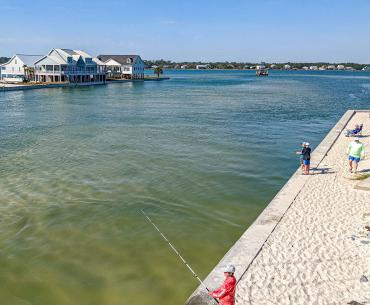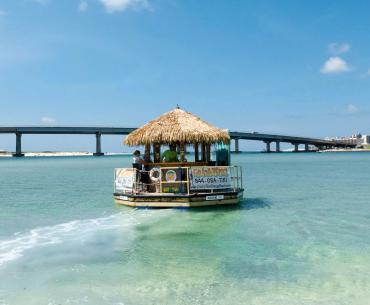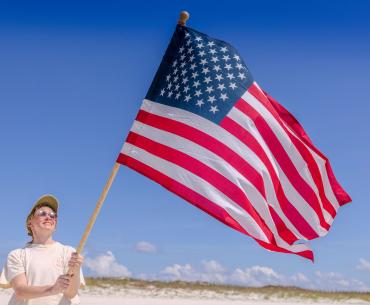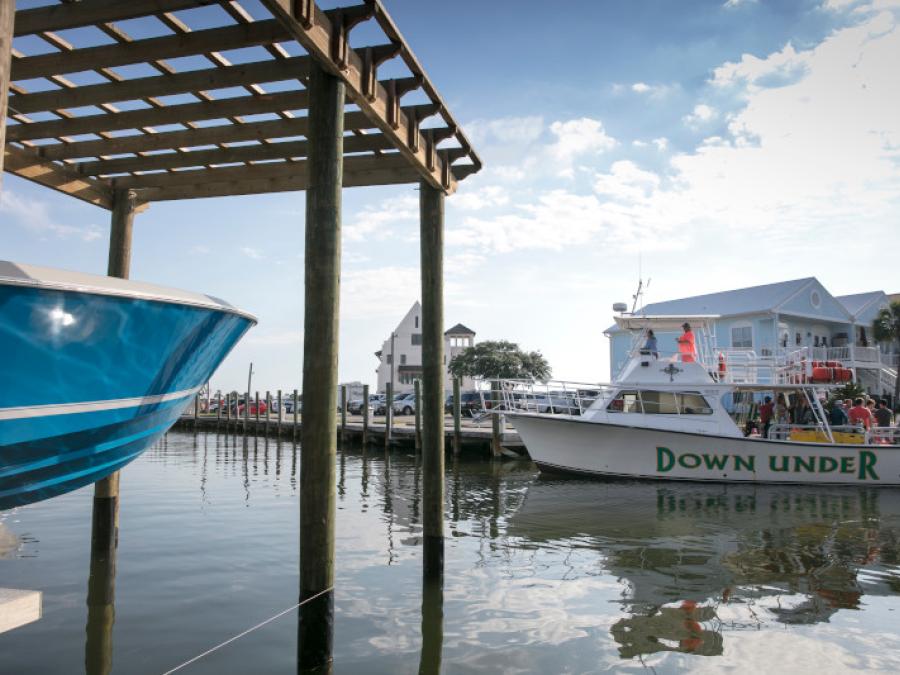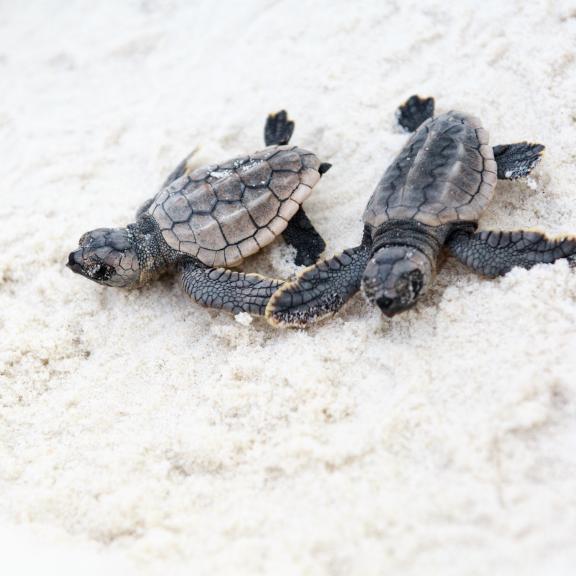
Local Marine Life
in Gulf Shores & Orange Beach
The Gulf of Mexico is one of the most remarkable and diverse bodies of water on the planet, which is why so many people flock to our shores to experience its natural wonder. In addition to its gorgeous beaches, the Gulf is also home to so many incredible species, including dolphins, turtles, rays, and many other fascinating creatures. Learn more about the sea life that calls the Gulf of Mexico home with these fun marine animal facts.
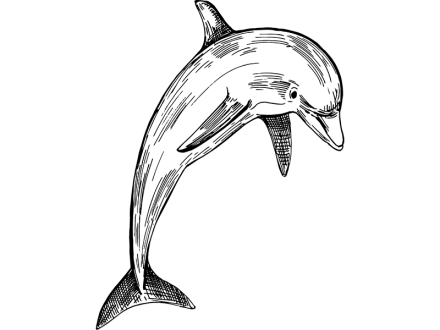
Dolphins: Alabama Coast’s Most Playful Residents
Dolphins are some of our favorite beach residents, living in both the Gulf and back bays. There are nine species of dolphins in the Gulf of Mexico, but the most common is the bottlenose. These social creatures are known for their intelligence, playful antics, and gathering in pods. With a lifespan reaching up to 50 years, dolphins are likely the charismatic stars you'll encounter when visiting the Alabama coast. Book a dolphin cruise to see a few of these friendly guys up close and personal!
Keep your eye out for these common species seen along Alabama's beaches: Bottlenose, Fraser’s, Pantropical, Spinner, Clymene, Risso’s, Rough-toothed, Striped, and Atlantic Spotted.
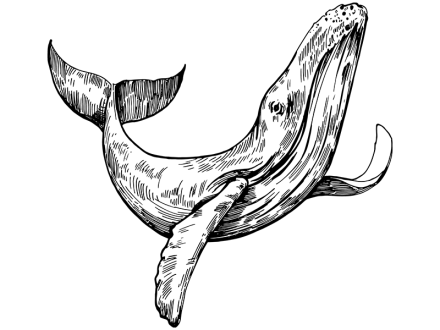
Whales: Gentle Giants of the Deep Gulf
When people think about Gulf of Mexico animals, they often don’t think of whales. Unlike dolphins, whale sightings are uncommon near the Alabama coast due to their proclivity for deeper offshore habitats. However, several whale species are known to migrate through the Gulf. And like us, these whales like our waters due to the warm weather and various connecting waterways.
Some species of shales you might see offshore: Baleen, Sperm, and Killer
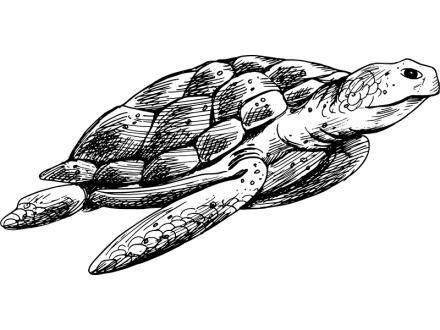
Turtles: The Hatchling Heroes of Alabama's Beaches
Turtles are a natural part of the ecosystem here in the Gulf of Mexico. Four species visit our shores from May to October to lay their eggs. Turtles are unique in that they nest on the same beaches where they were hatched, so the turtles that lay on our beaches are born and raised locals! Remember, if you ever spot a turtle nest or turtle, don't disturb it.
Watch for these hatchling species while on Alabama's Beaches: Loggerhead, Green, and Kemp’s Ridley
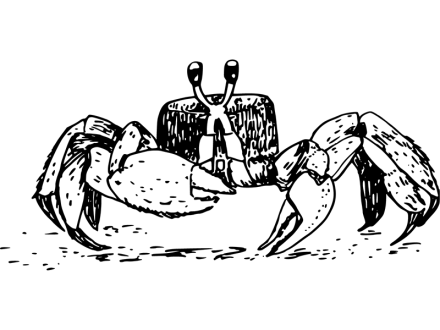
Atlantic Ghost Crabs: Hidden in Plain Site
If you've ever walked along the beach at night, you've probably spotted ghost crabs running in the sand. These tiny creatures have translucent shells that change color to match their environments, hence the name "ghost crab." Only reaching up to three inches long, ghost crabs roam the beaches at night, looking for small insects to eat. We encourage you to go on a nighttime catch-and-release hunt for these crabs during your next visit. Don't forget to pick up a free flashlight cover from our Welcome Centers, so you don't disorient nesting or hatching turtles!
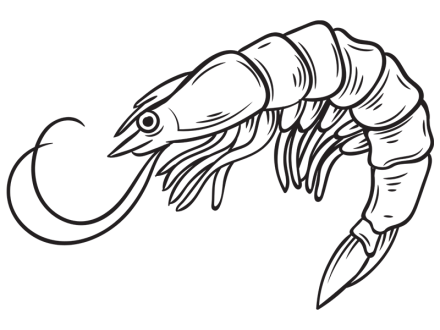
Shrimp: Tiny Titans of the Alabama Coast
One of the tastiest sea creatures in our waters is shrimp. Gulf shrimp typically only live one year, and they stay busy during their 12 months on Earth. Shrimp scour the Gulf, waving their antennae around as if they were dancing to attract nearby fish. They then clean the mouths of these fish, eating any remnants of food or parasites they find. You can think of these Gulf of Mexico animals as the dentists of the sea.
Some shrimp species you might find in waters along Alabama Beaches: White, Brown, Pink, and Royal Reds
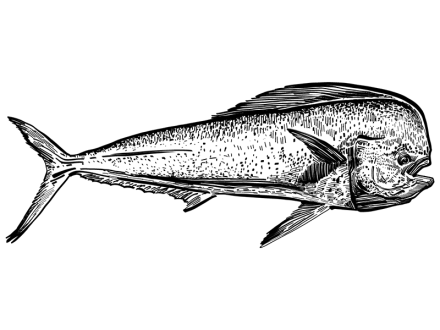
Mahi Mahi: Alabama’s Most Colorful Catch
Whether you call them mahi, dorado, dolphinfish, or any other name, it's no secret that this colorful species is a beautiful and delicious fish. Boasting bright blue, green, and yellow bodies, Mahi Mahi is a popular fish for offshore anglers to target. Mahi is a fairly common species in the Gulf of Mexico and can be found once you've reached about 20 miles offshore of our beaches.
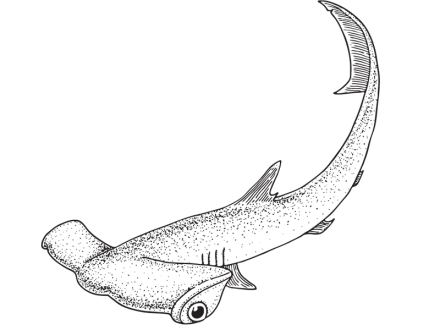
Sharks: Alabama’s Most Misunderstood Marine Creatures
Despite what the movie Jaws may have you believe, not all sharks are vicious boat eaters. The Gulf is home to around 50 shark species, including the most common, the Atlantic sharpnose. These small sharks only reach around 3½ feet in length and weigh around 10 pounds. That's the weight of an average house cat. They are easily recognizable due to their long snouts and big bug-like eyes.
Non-aggressive and curious, black tips are another common shark you may spot in our waters. One thing that makes these specific sharks unique is their ability to regrow teeth after they lose them. Black tips prefer to hang out in shallow waters, so you may see them near piers or while scuba diving or snorkeling near reefs and sunken structures. They are known to approach humans but are docile and relatively friendly.
Species of shark you might see swimming in the Gulf: Atlantic Sharpnose, Blacktip, Spinner, Finetooth, Sandbar, Nurse, Bonnethead, Blacknose, and Dusky.
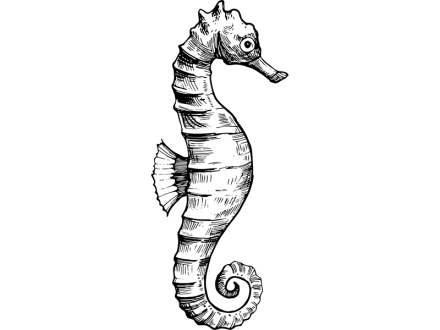
Seahorses: The Gulf’s True Romantics
Love is in the air (or, in this case, the Gulf)! Seahorses are known for courting each other, swimming in sync, and usually mating for life. Once together, the female lays eggs in the male's brood pouch, similar to a kangaroo's. When hatched, baby seahorses are about the size of a Skittle, while adults weigh 200 grams.
Species of Seahorse Found Along Alabama’s Coast: Dwarf and Lined
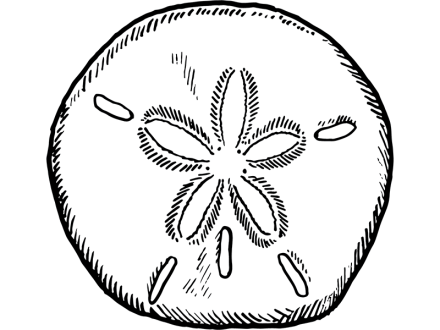
Atlantic Sand Dollars: Life Beyond the Shell
Spotting a sand dollar while shelling on our shore is an exciting find. The white and flat sand dollars typically seen washed up on the beach are dead. When alive, they are purple or brown and quite hairy. They use these small bristles on their spines to move food particles to their mouths. Keep in mind that if you see a sand dollar that still has color, you should not pick it up.
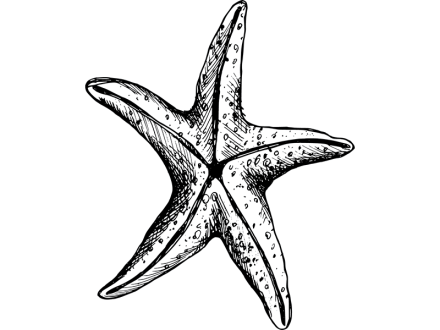
Starfish: Alabama’s Stars of the Sea
you know starfish aren't actually fish? They are echinoderms, which also include sand dollars, sea cucumbers, and sea urchins. Despite having no brain, starfish can live up to 25 years. Starfish can regenerate lost arms; however, it takes about a year to regrow their limbs, and they can feel pain. They tend to live in deeper waters where they can feed on coral and clams, so dive spots are the best places to see them.
Species of seahorse to keep your eye out for along Alabama’s Coast: Beaded, Atlantic Spiny, Common, Banded, Gray, and Sugar.
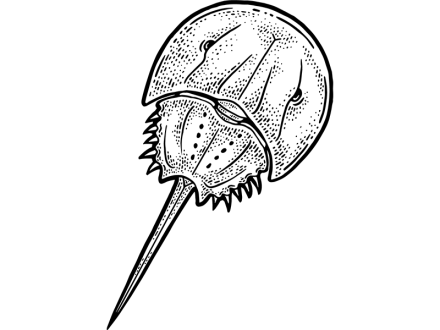
Atlantic Horseshoe Crabs: Alabama Coast’s Oldest Residents
Horseshoe crabs have been roaming around on our planet for 445 million years. They were here before the dinosaurs! Like other crabs, horseshoe crabs are arthropods, meaning they have exoskeletons. Despite their long, pointy tail and claws, they do not bite, pinch, or sting. Horseshoe crabs have hemocyanin instead of hemoglobin, like us, which makes their blood blue when exposed to air.
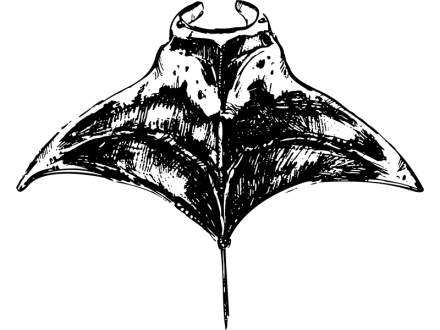
Manta Rays: One of the Largest Gulf Coast Mammals
With a wingspan of up to 23 feet, manta rays are the largest rays in the Gulf and for this reason are most commonly spotted in deeper offshore waters. They also have the largest brain-to-body ratio of any living fish. (They should spare a little noggin for the starfish.) Unlike stingrays, manta rays have no stingers and are harmless. Like dolphins, they are social creatures that form bonds and are known to approach humans.
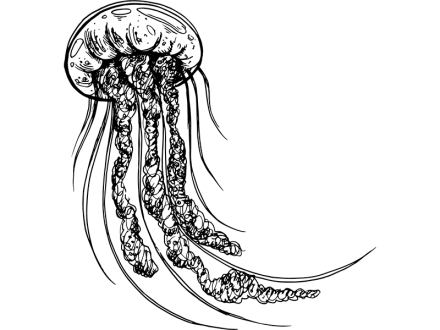
Jellyfish: More than the Sting
Jellyfish may get a bad rap, but the ones found along the Alabama coast are more fascinating than frightening. There are several species commonly found in the waters of the Gulf Coast, all of which take slightly different shapes, have mild stings, and no brains.
Species of Jellyfish Found Along Alabama’s Coast: Moon, Cannonball, and Atlantic Sea Nettles
